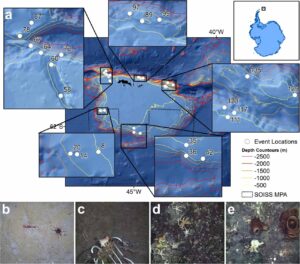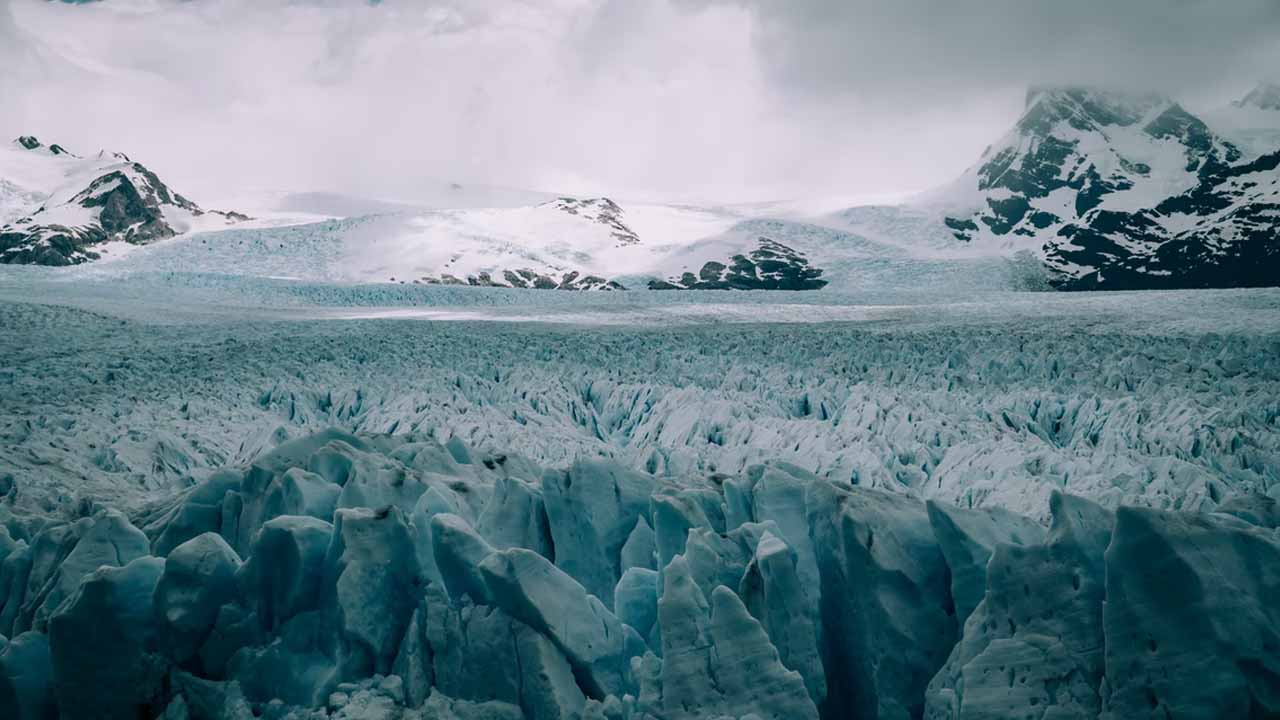Researchers have discovered a trove of marine life hidden far beneath the ice shelves of the Antarctic. Despite occupying nearly 1.6 million square kilometres, ice shelves are among the least explored environments on Earth. Life has been seen in these perpetually dark and cold habitats on camera but has rarely been collected.
The life was found around 650 feet (200 meters) below the Ekström Ice Shelf, in waters that are 28 degrees Fahrenheit (minus-2 degrees Celsius) and pitch black. Seventy-seven different species of moss animals called bryozoans and worms were found, a veritable cornucopia of creatures that changes how researchers think of these extreme submarine environments. The team’s research was published this week in Current Biology.

The sea creatures the researchers identified included colony-forming invertebrates called bryozoans and serpulid worms. These organisms are suspension feeders, meaning they sit in one place on the seafloor, snatching bits of organic matter that float by. The researchers suspect they are eating algae carried beneath the ice shelf by currents.
“This discovery of so much life living in these extreme conditions is a complete surprise and reminds us how Antarctic marine life is so unique and special,” lead study author David Barnes said in a press release. “It’s amazing that we found evidence of so many animal types, most feed on micro-algae yet no plants or algae can live in this environment.”
Scientists also found remains of dead animals. Based on carbon dating, they found that the remains were up to 5,800-years-old. This suggests that the ecosystem in Antarctica’s icy shelves is extremely old.


























